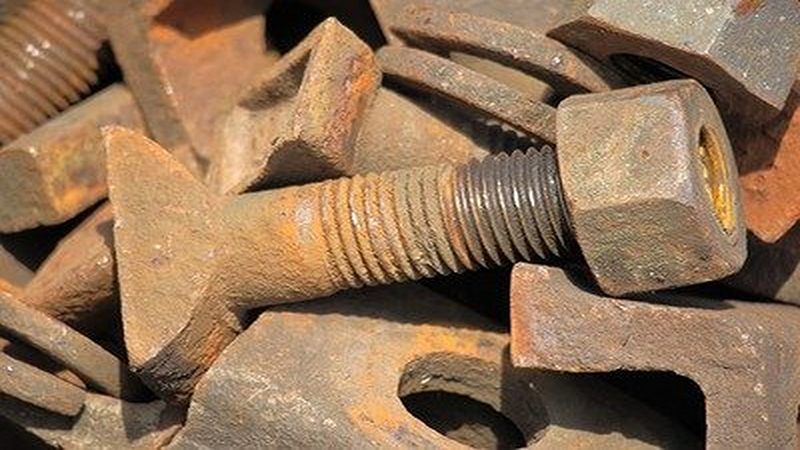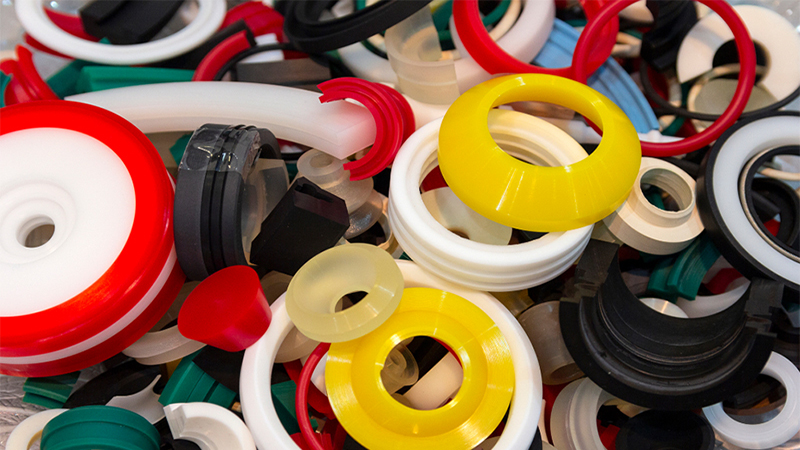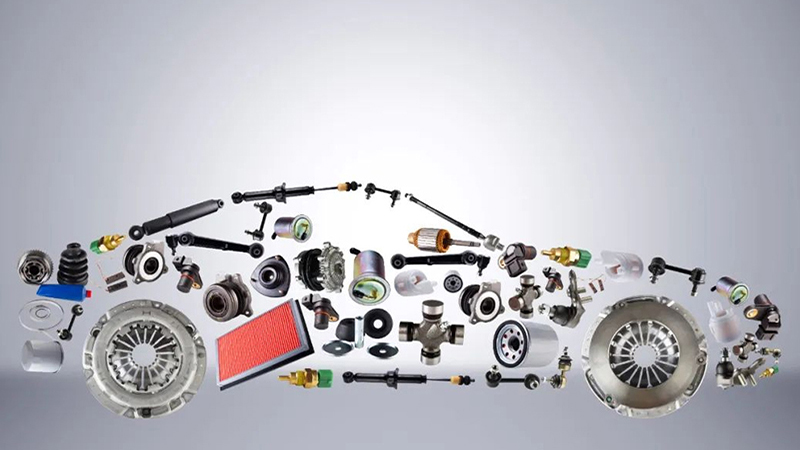Composite Salt Spray Test Chamber: A Versatile Tool for Multi-Functional Environmental Simulation
The composite salt spray test chamber, as an advanced environmental simulation device, simulates the salt spray conditions found in marine or other corrosive environments to conduct accelerated corrosion tests on materials, coatings, electronic components, etc., in order to evaluate their corrosion resistance.
2025-06-24











